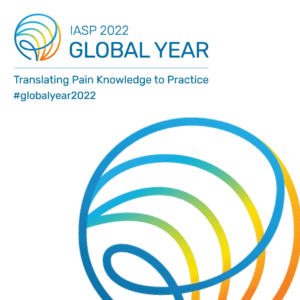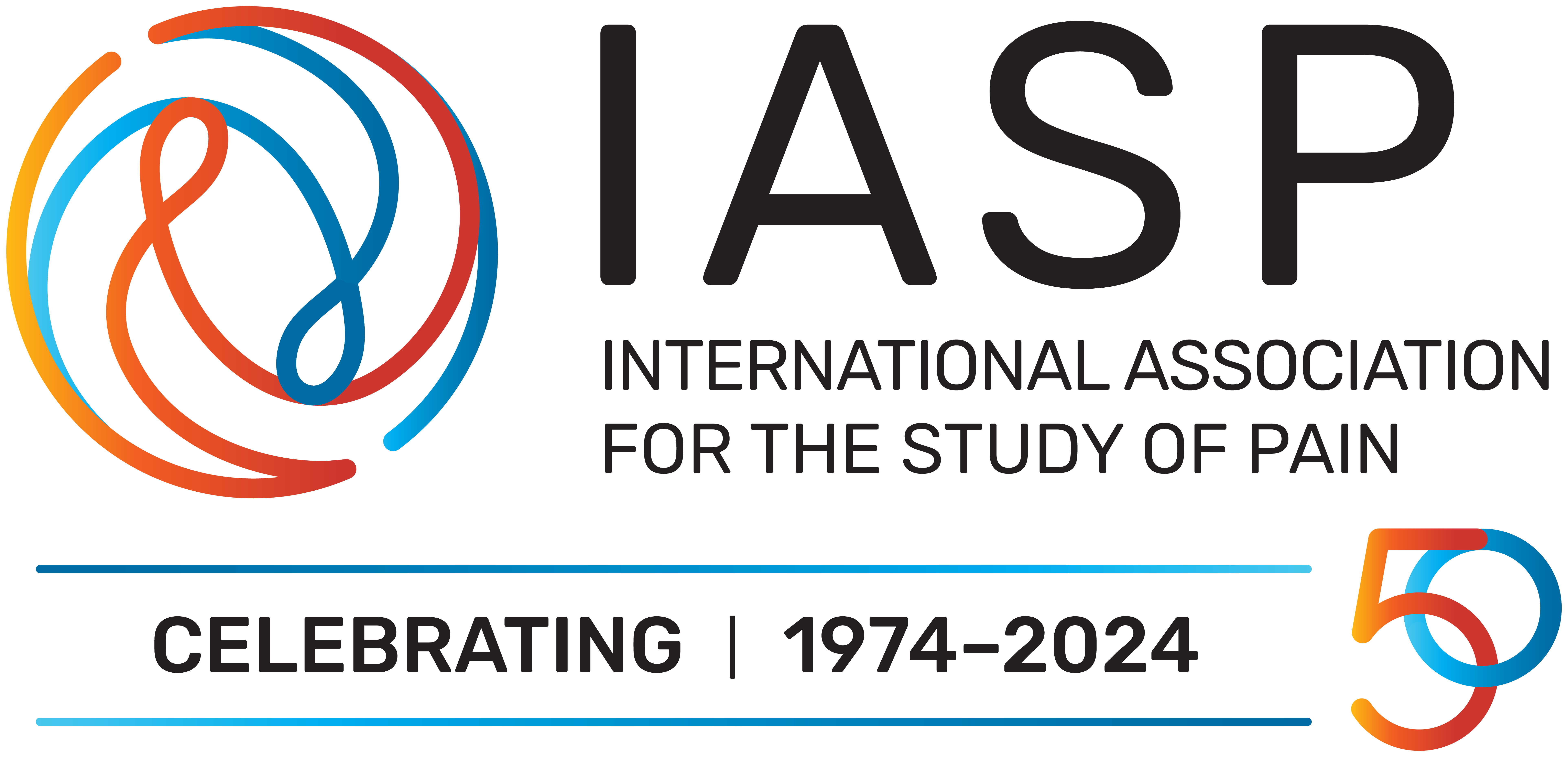- Anniversary/History
- Membership
- Publications
- Resources
- Education
- Events
- Outreach
- Careers
- About
- For Pain Patients and Professionals
Skip to content
Papers of the Week
Spontaneous Intracranial Hypotension and Multi-Level Cervical and Lumbar Epidural Blood Patches: A Case Report.
Abstract
Spontaneous intracranial hypotension (SIH) is a neurologic condition where the intracranial pressure is reduced due to a loss of cerebrospinal fluid from its reservoir, the intrathecal space, to surrounding tissues. It is commonly characterized by an incapacitating headache, phono-photophobia, nausea, and vomiting, commonly refractory to medical treatment and requires further investigation. We describe the case of a healthy young man who presented to the emergency room with a postural headache, accompanied by nausea, vomiting, and phono-photophobia. Brain computed tomography (CT) imaging study was unremarkable and he was initially treated symptomatically. Because of persisting pain even on medical treatment, additional imaging studies, including a myelo-CT scan, were performed and a diagnosis of multi-level cerebrospinal fluid fistulas was made. To treat the underlying cause, a first epidural blood patch (EBP) was initially performed at C7-T1 with 20 mL of autologous blood, but failed to provide complete symptomatic relief. Months later, a second EBP was conducted at C6-C7 with higher volume (30 mL) but as in the first EBP this procedure too did not result in total resolution of the headache and accompanying symptoms. Since there was no surgical indication from Orthopedics and Neurosurgery and the symptoms persisted, a third EBP was carried out, this time at a lumbar level (L2-L3) with infusion of 60 mL of blood so the upper dorsal and cervical epidural space was reached. This resulted in a better symptom relief, allowing the patient to now carry out his normal activities with only residual pain. The need for repeat procedures is one of the pitfalls of the blood patching technique. If possible, it should be performed at the level of the documented fistula, but always with safety in mind and by experienced hands, especially when cervical levels are concerned. A consensus has not been reached regarding the blood volume to be administered; however, any discomfort or pain reported by the patient should be seen as warning sign and the procedure should be interrupted. Although not being a perfect solution, EBP can completely or partially resolve SIH symptoms, without the need for surgical intervention.

